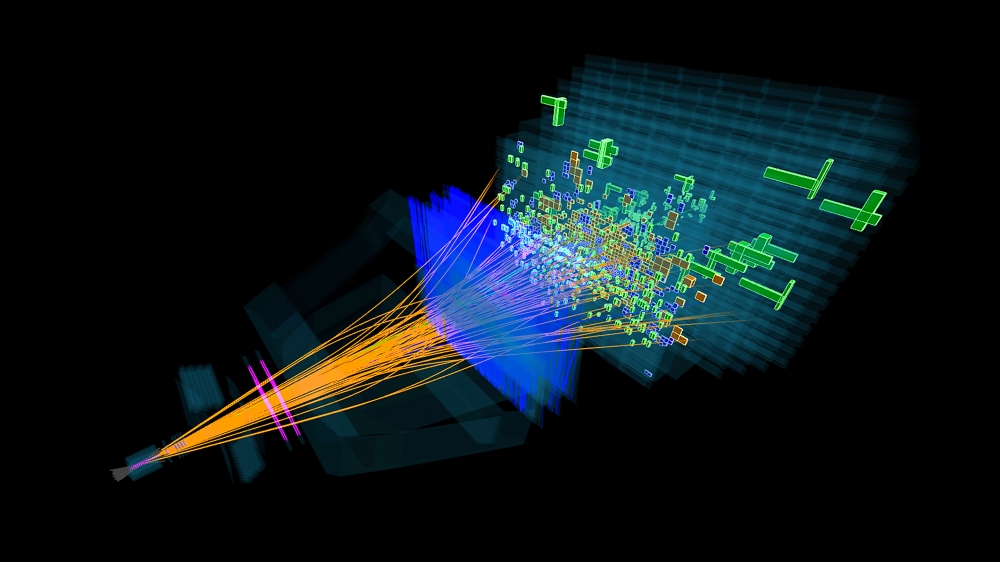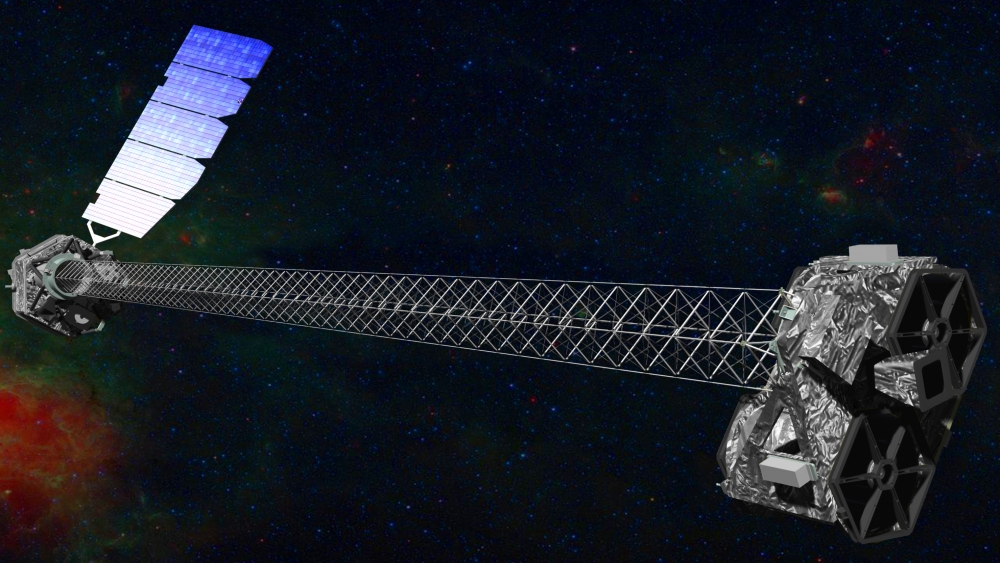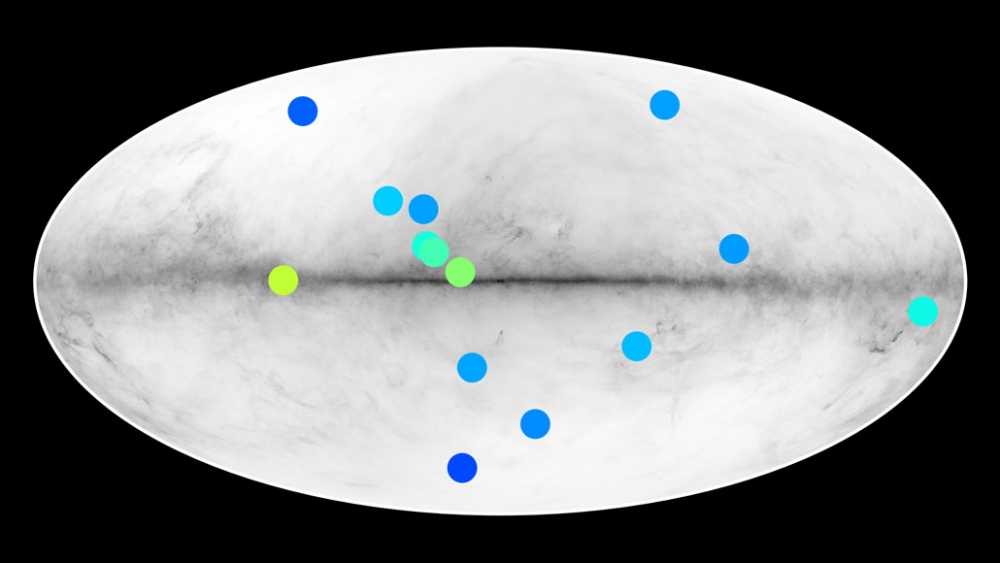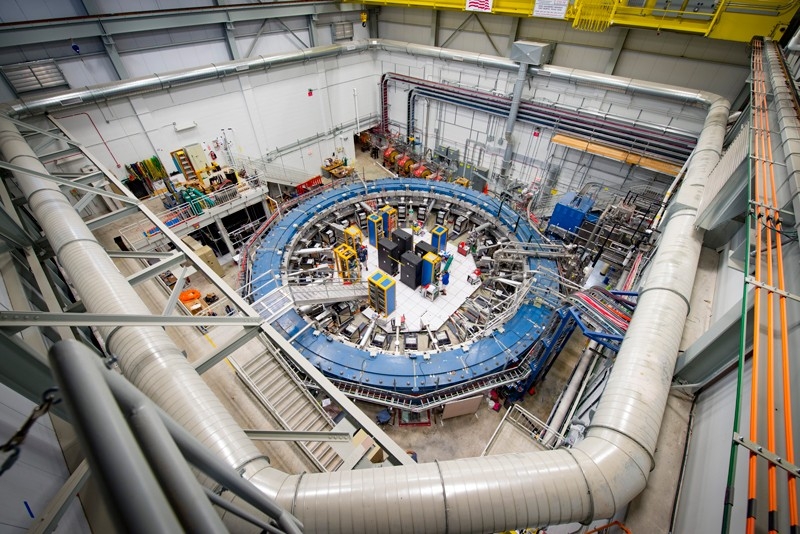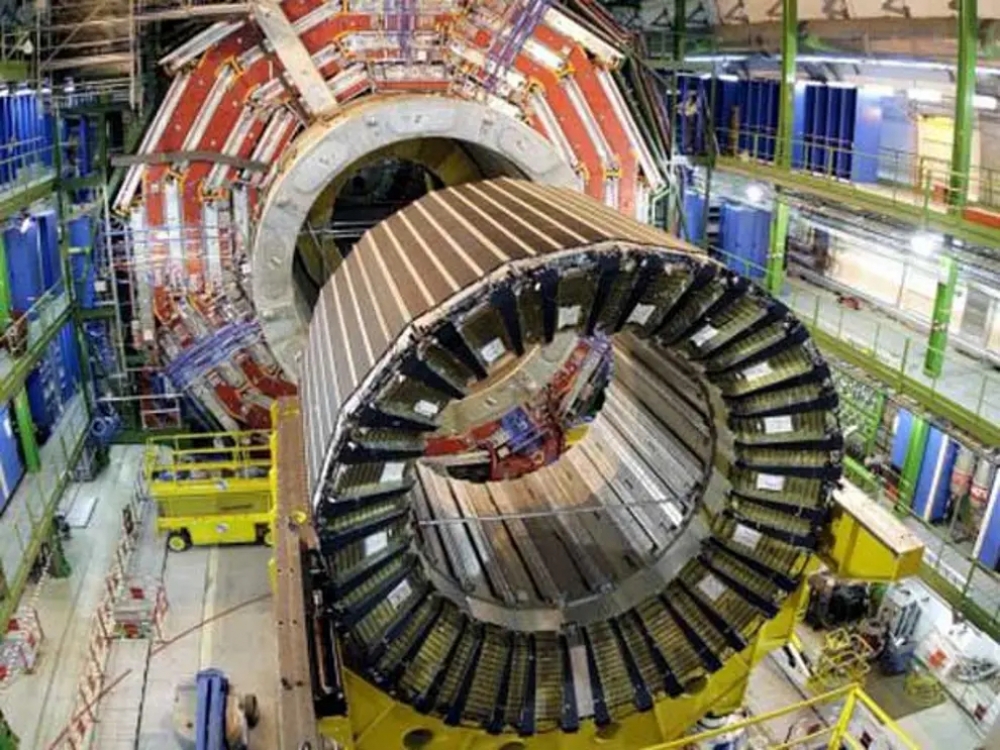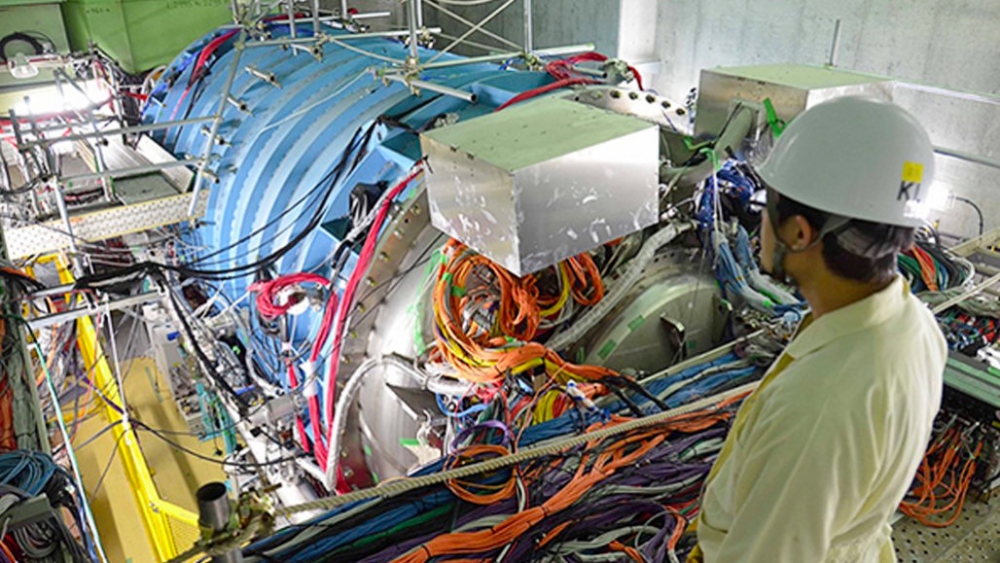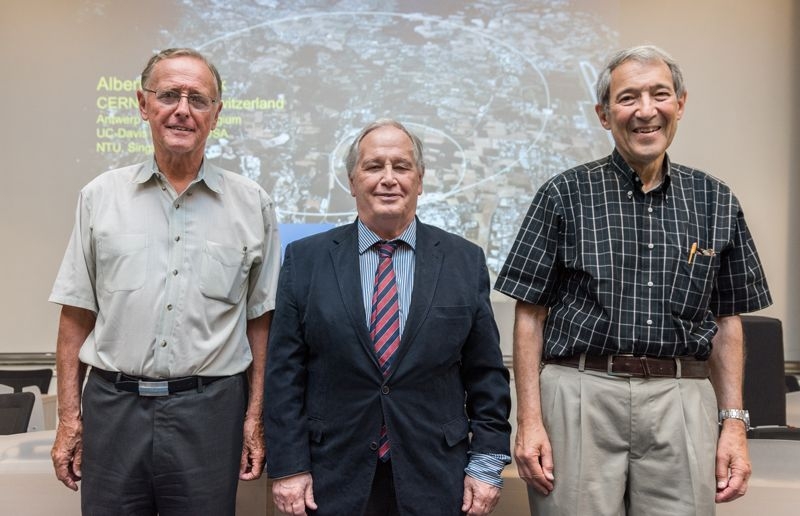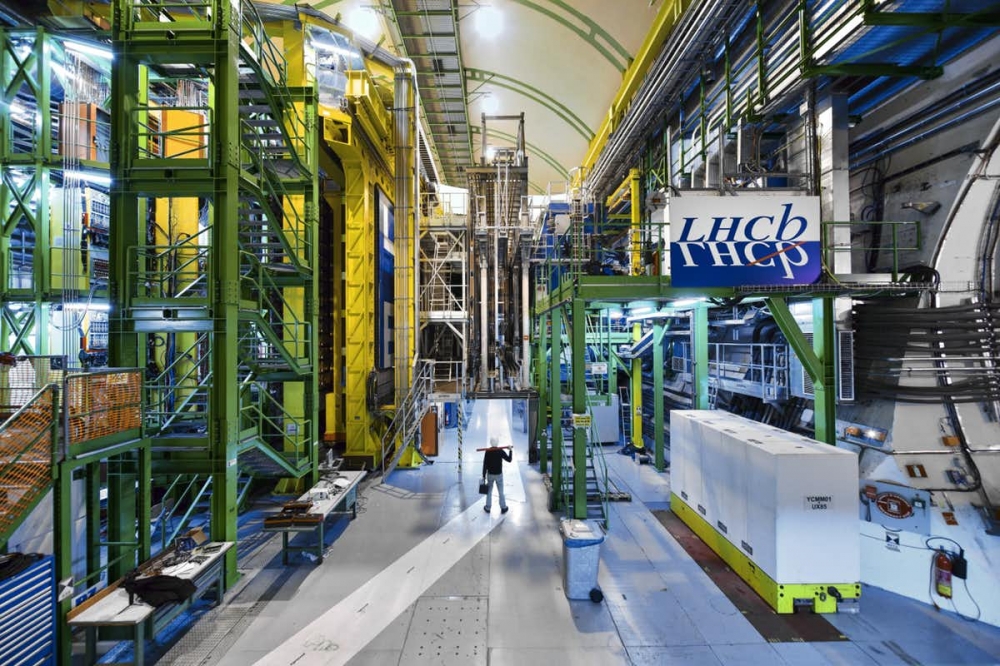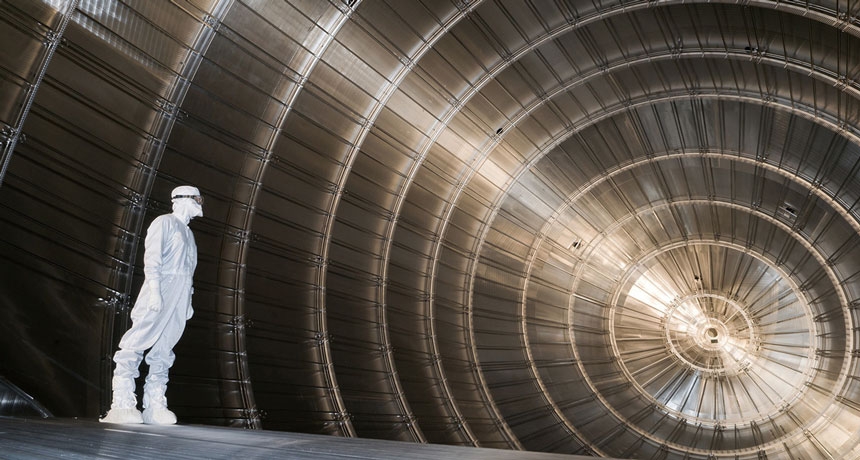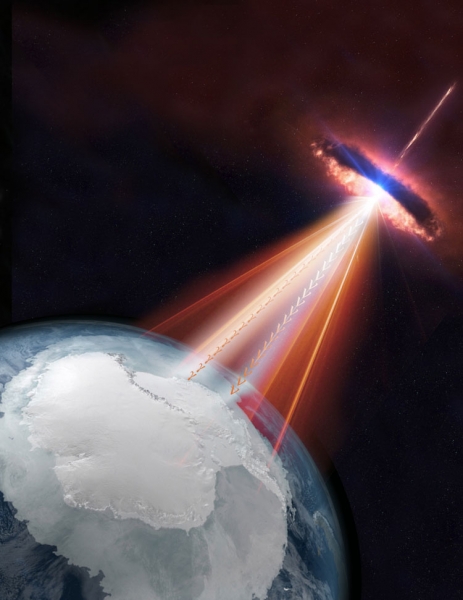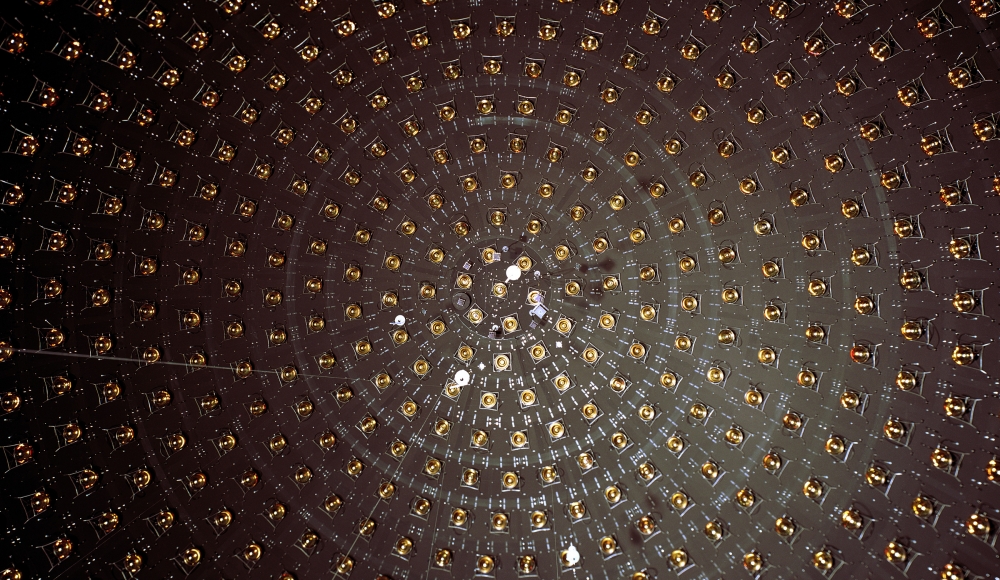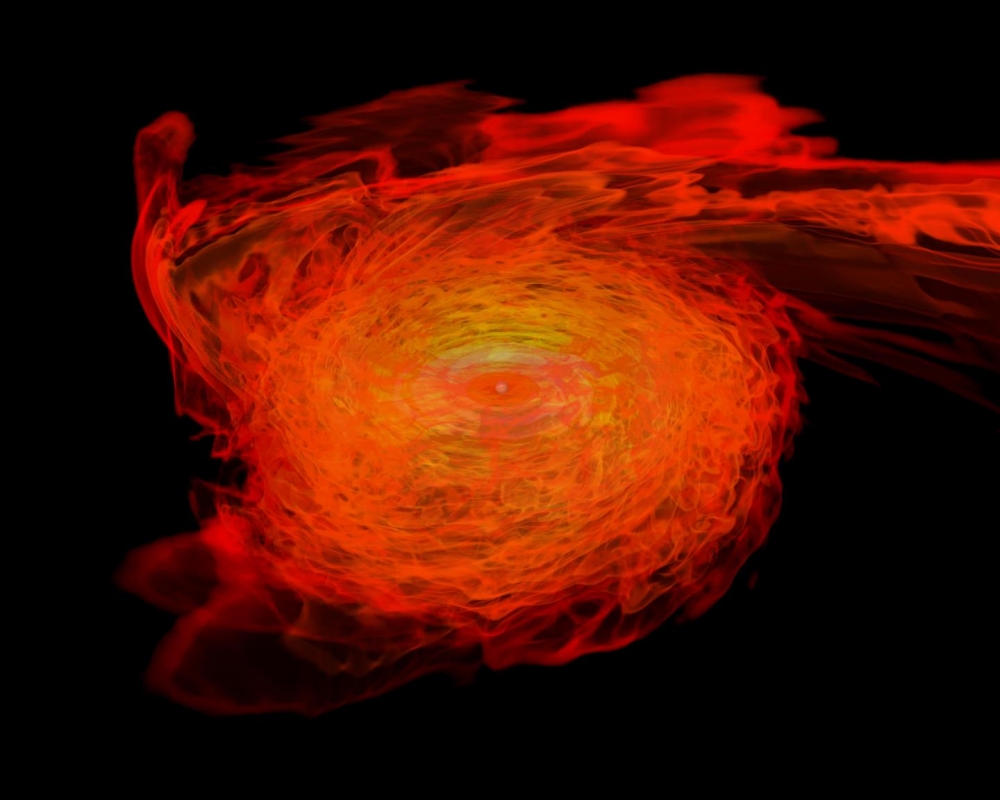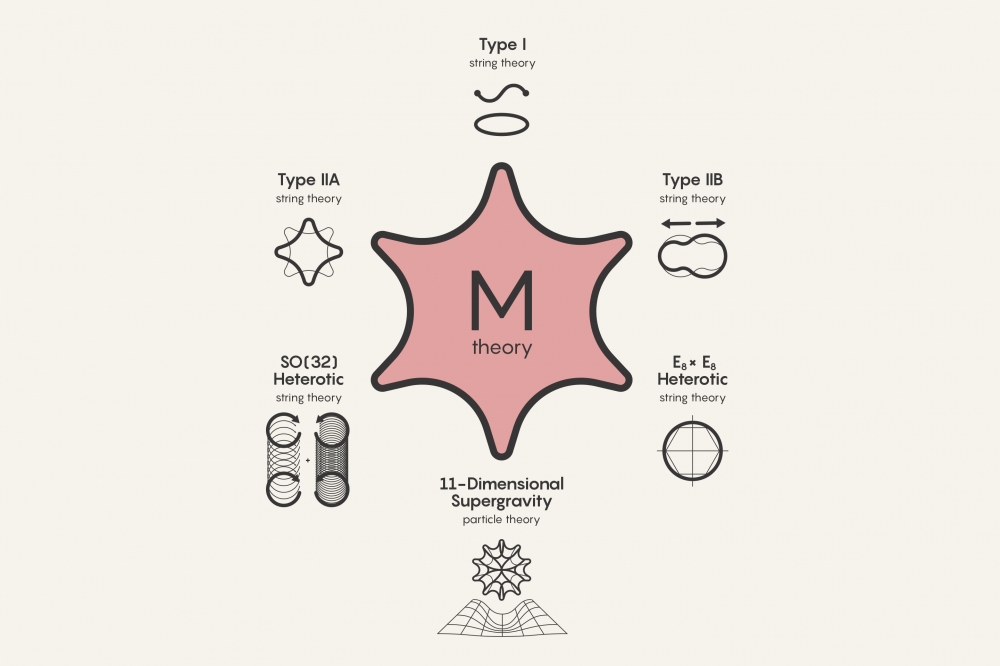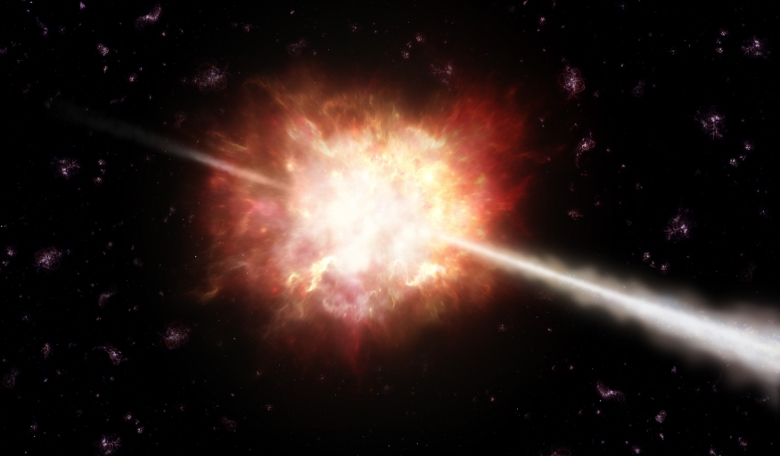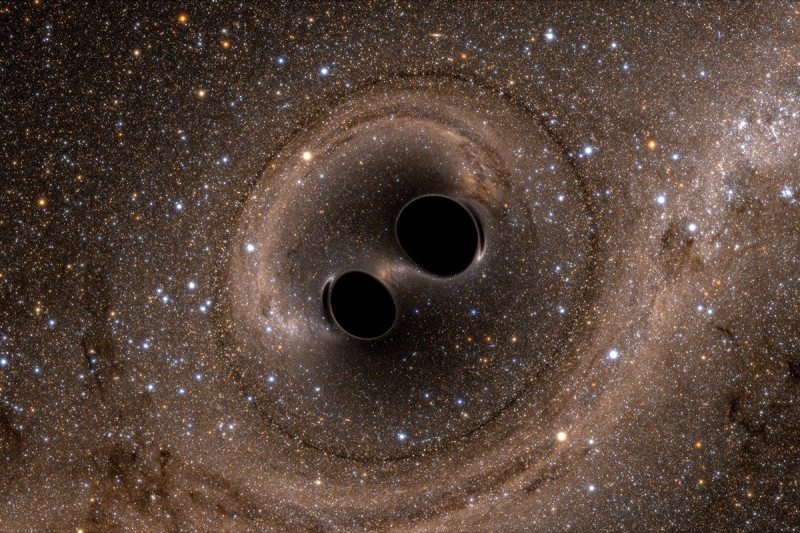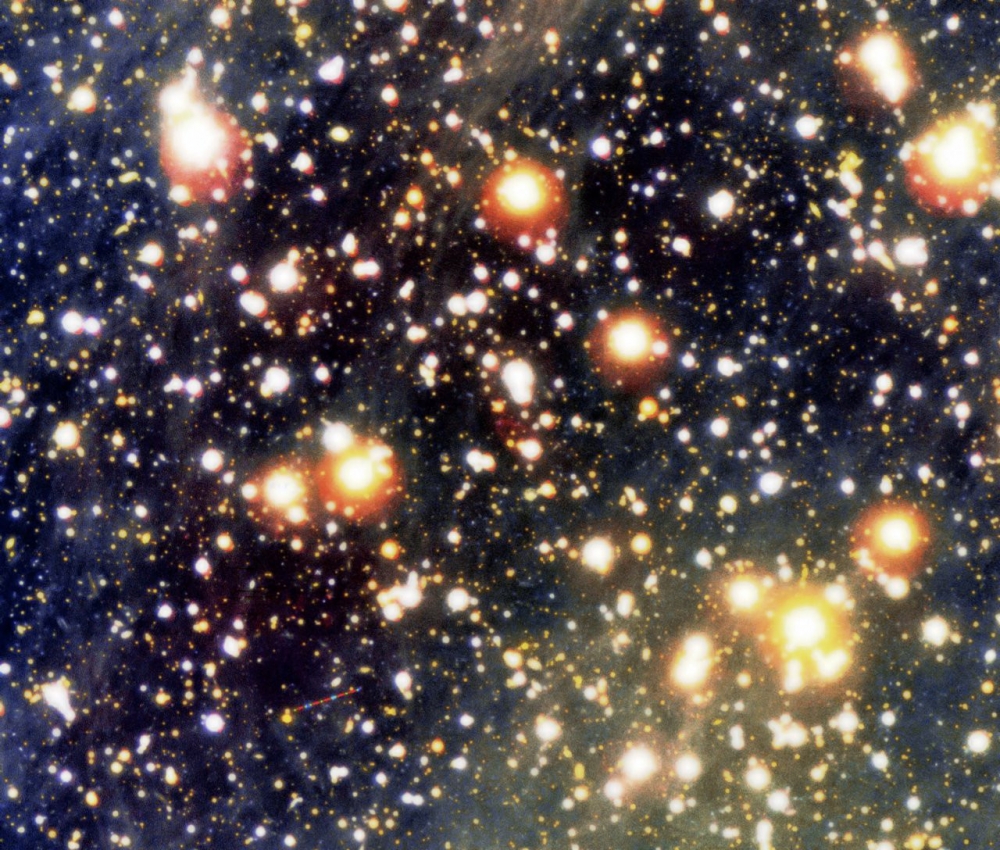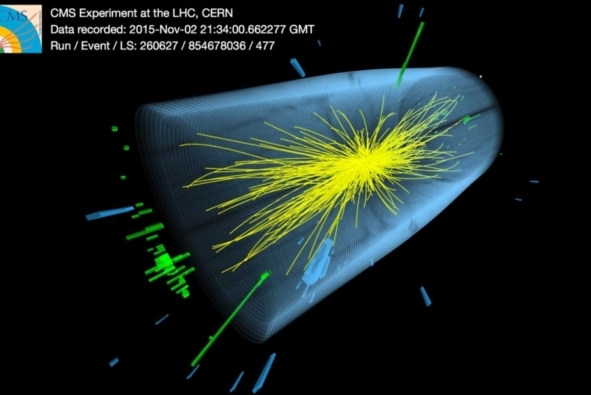IceCube neutrinos give us first glimpse into the inner depths of an active galaxy
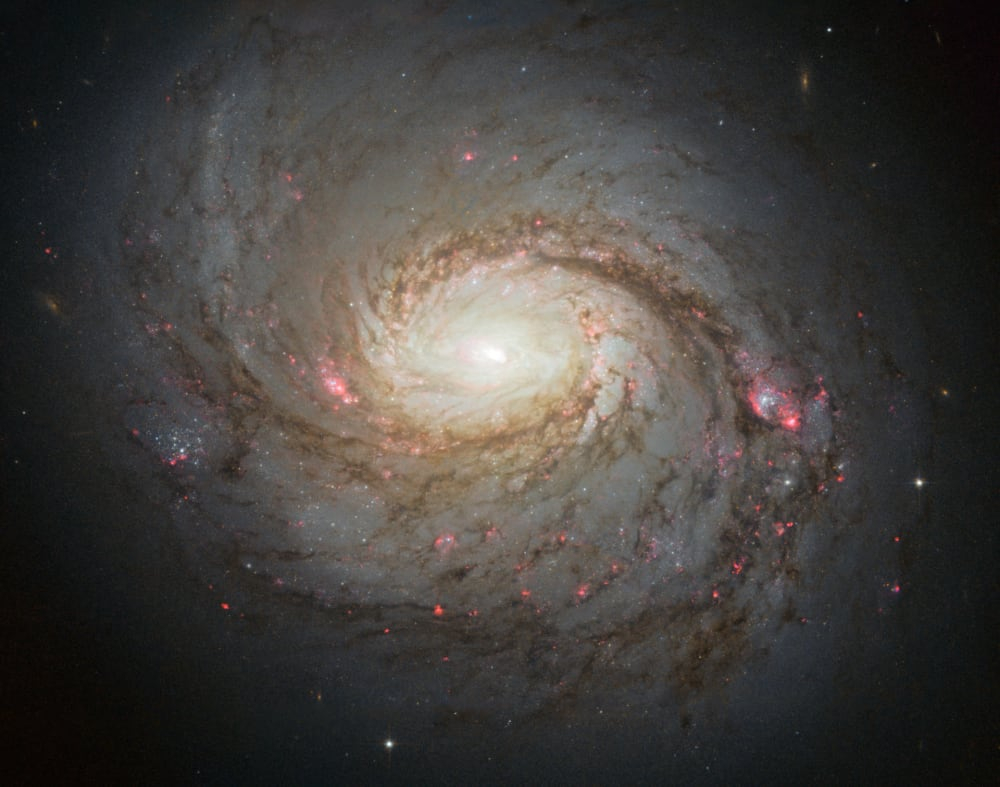
Hubble image of the spiral galaxy NGC 1068. Credit: NASA/ESA/A. van der Hoeven
Posted on November 3, 2022 by Staff
The detection was made at the National Science Foundation-supported IceCube Neutrino Observatory, a massive neutrino telescope encompassing 1 billion tons of instrumented ice at depths of 1.5 to 2.5 kilometers below Antarctica’s surface near the South Pole. This unique telescope, which explores the farthest reaches of our universe using neutrinos, reported the first observation of a high-energy astrophysical neutrino source in 2018. The source, TXS 0506+056, is a known blazar located off the left shoulder of the Orion constellation and 4 billion light-years away.
“One neutrino can single out a source. But only an observation with multiple neutrinos will reveal the obscured core of the most energetic cosmic objects,” says Francis Halzen, a professor of physics at the University of Wisconsin–Madison and principal investigator of IceCube. He adds, “IceCube has accumulated some 80 neutrinos of teraelectronvolt energy from NGC 1068, which are not yet enough to answer all our questions, but they definitely are the next big step towards the realization of neutrino astronomy.”
Unlike light, neutrinos can escape in large numbers from extremely dense environments in the universe and reach Earth largely undisturbed by matter and the electromagnetic fields that permeate extragalactic space. Although scientists envisioned neutrino astronomy more than 60 years ago, the weak interaction of neutrinos with matter and radiation makes their detection extremely difficult. Neutrinos could be key to our queries about the workings of the most extreme objects in the cosmos.
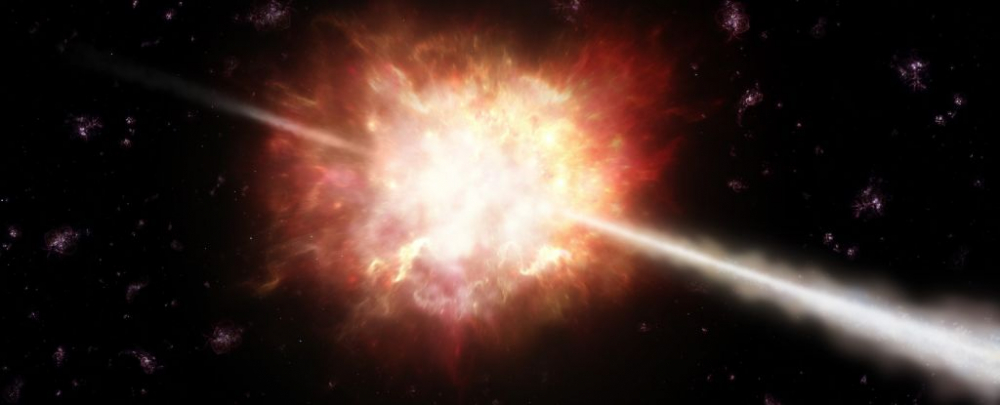 An artist's impression of a gamma-ray burst. (ESO/A. Roquette)
An artist's impression of a gamma-ray burst. (ESO/A. Roquette)